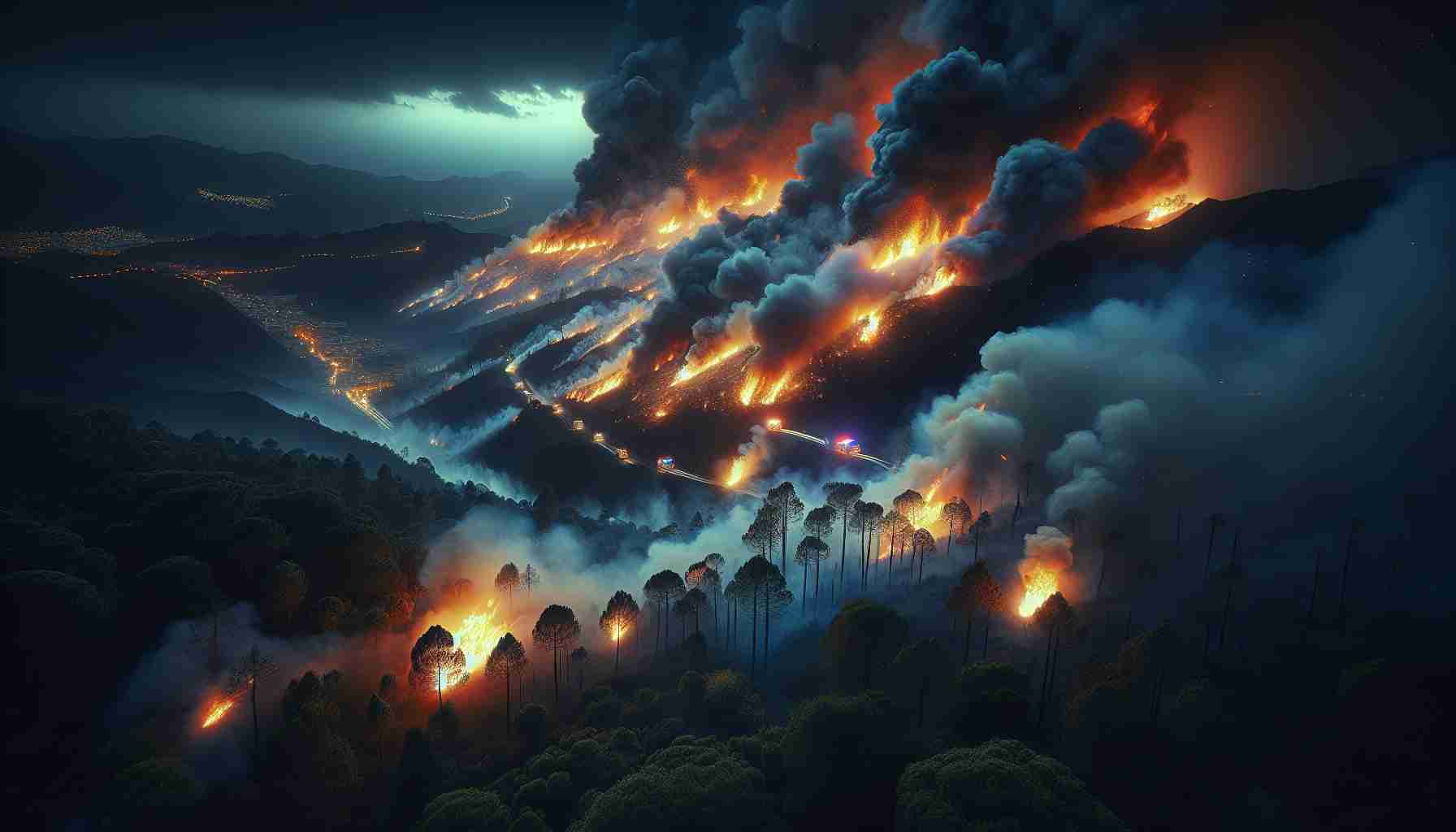
Vegetation Blaze in Tenerife Prompts Rapid Response
Firefighters and law enforcement agencies sprang into action to contain a recent vegetation fire in the town of El Rosario in Tenerife, Canary Islands. The incident occurred in a field on Sunday afternoon and prompted a massive emergency response.
The blaze ignited in a rural area on Nateros Street, located in the community of La Esperanza. Multiple teams, including firefighters from Tenerife and four units of the local La Laguna Police, swiftly converged on the scene. Also present were aerial firefighting resources, local police from El Rosario, the Guardia Civil, the Canarian Police, and personnel from the Tenerife Island Council’s BRIFOR unit.
Authorities are currently investigating the cause of the fire and have urged residents to remain vigilant to prevent similar incidents in the future. Despite the rapid and coordinated response, the intensity of the blaze posed significant challenges to the emergency teams on the ground as they worked to bring the situation under control.
Vegetation Blaze in Tenerife Sparks Controversy and Uncovers Key Challenges
Following the recent vegetation blaze in El Rosario, Tenerife, authorities and emergency response teams have faced various challenges and controversies as they work to contain and investigate the fire. While the rapid response was commendable, several important questions have arisen in the aftermath of the incident.
One crucial question is: What are the contributing factors that led to the ignition of the vegetation fire in the rural area of Nateros Street? Understanding the root cause of the blaze is essential for implementing preventive measures and minimizing the risk of similar incidents in the future.
Another significant query is: Were there any lapses in fire prevention and control strategies that could have intensified the situation? In the face of escalating wildfires globally, it is imperative to assess the effectiveness of current firefighting techniques and protocols to ensure a swift and efficient response in such emergencies.
Key challenges faced by the emergency teams include the rugged terrain of the area, which made access difficult and hindered firefighting efforts. The rugged landscape, coupled with strong winds typical of the region, exacerbated the spread of the blaze and posed obstacles to containment.
Moreover, the proximity of residential areas to the fire zone raised concerns about the safety and evacuation procedures for residents in case of further escalation. Balancing the protection of lives and properties with the need to combat the fire swiftly presented a complex challenge for the responding agencies.
Advantages of the rapid response included the mobilization of multiple teams and resources, which enabled a coordinated effort to combat the blaze effectively. The presence of aerial firefighting units contributed to aerial support in suppressing the fire and preventing its rapid spread across the region.
However, a key disadvantage was the limited capacity of local resources to handle large-scale wildfires, underscoring the need for enhanced preparedness and collaboration among different agencies to address such emergencies more efficiently.
In conclusion, while the rapid response to the vegetation blaze in Tenerife was crucial in mitigating the immediate threat, ongoing investigations and assessments are necessary to address underlying challenges and controversies. By learning from this incident, authorities can improve response mechanisms and bolster preventive measures for future wildfire events.
For further information on wildfire prevention and management strategies, visit National Interagency Fire Center.
The source of the article is from the blog maltemoney.com.br